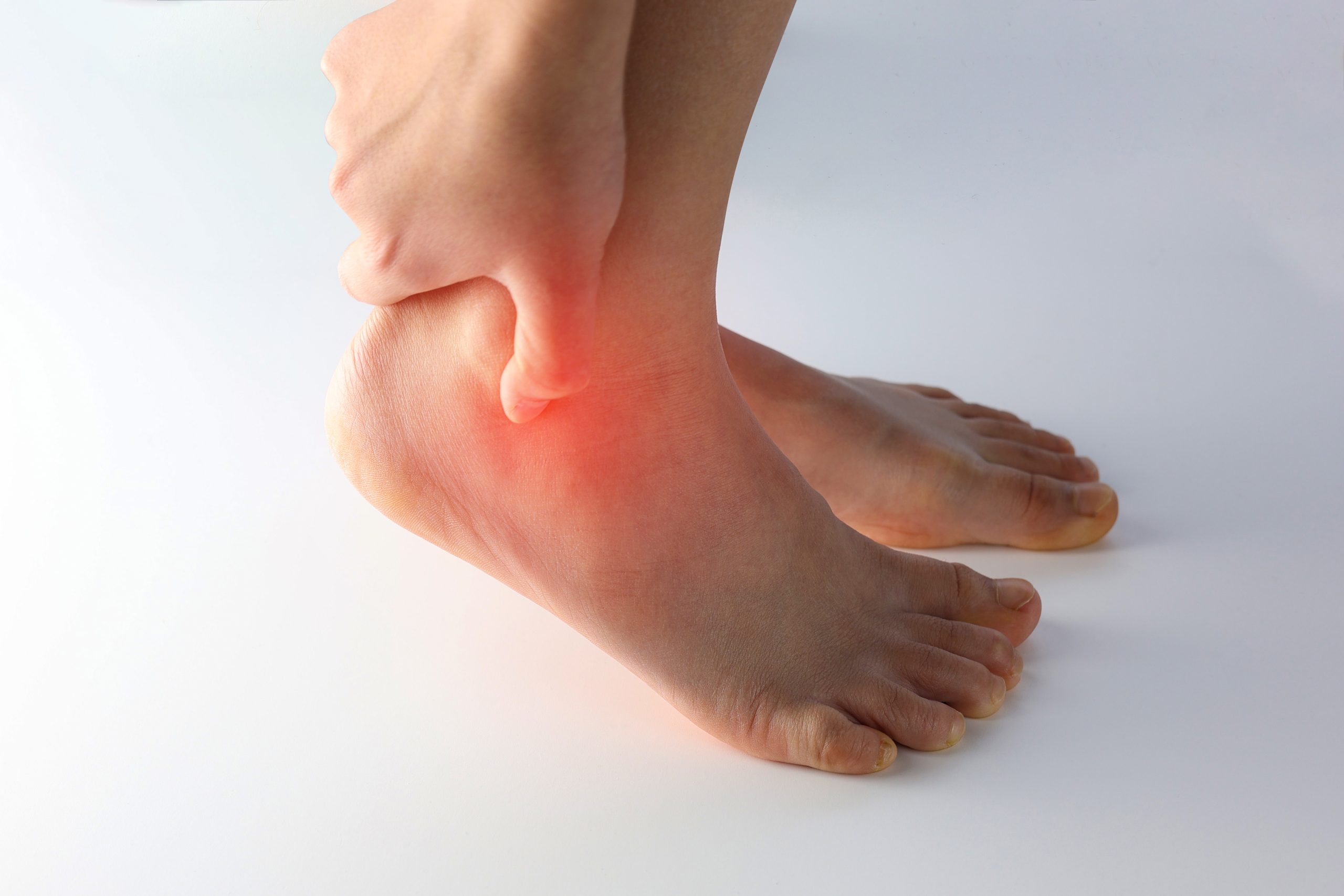

Swelling or stifness ankle – Causes, Diagnosis & Treatment at Emirates Hospital Group
Swelling or stiffness in the ankle can be a common issue, often resulting from injury or overuse. However, it can also be a sign of a more serious underlying condition. Understanding the potential causes, diagnosis, and treatment options is crucial. This discomfort can range from a minor nuisance to a severely debilitating condition that impacts mobility and daily life.
Causes:
- Sprains: Ankle sprains, particularly lateral ankle sprains (inversion injuries), are a frequent cause of swelling and stiffness. These injuries involve stretching or tearing of the ligaments that support the ankle.
- Fractures: Breaks in the bones of the ankle, such as the tibia or fibula, will cause significant pain, swelling, and an inability to bear weight.
- Tendinitis: Inflammation of the tendons surrounding the ankle, such as the Achilles tendon or the peroneal tendons, can cause pain, stiffness, and swelling.
- Arthritis: Osteoarthritis or rheumatoid arthritis can affect the ankle joint, leading to pain, stiffness, and swelling.
- Bursitis: Inflammation of the bursae (fluid-filled sacs) around the ankle can cause localized swelling and pain.
- Gout: A form of arthritis caused by the buildup of uric acid crystals in the joints, often affecting the big toe but sometimes the ankle.
- Infections: Septic arthritis (infection in the ankle joint) can cause pain, swelling, redness, and stiffness.
- Deep Vein Thrombosis (DVT): While less common in the ankle itself, a DVT in the leg can sometimes cause swelling that extends down to the ankle.
- Lymphedema: A condition where fluid builds up in the tissues, often due to problems with the lymphatic system, can cause swelling in the legs and ankles.
Diagnosis:
- Physical Exam: Careful examination of the ankle, noting any swelling, bruising, deformity, tenderness, and range of motion. The doctor will also check pulses in the foot.
- Patient History: Gathering information about the mechanism of injury (if any), the onset of symptoms, any other medical conditions, and medications.
- Imaging:
- X-rays: Essential to rule out fractures.
- MRI: May be used to visualize soft tissues like ligaments, tendons, and cartilage, to identify sprains, tears, or other internal derangements.
- Ultrasound: Can be used to evaluate tendons and other soft tissues.
Treatment:
- RICE (Rest, Ice, Compression, Elevation): Often the initial treatment for ankle sprains and other minor injuries.
- Pain Relief: Over-the-counter or prescription pain medication.
- Immobilization: A brace, splint, or cast may be used to immobilize the ankle and promote healing.
- Physical Therapy: Exercises to improve strength, flexibility, and range of motion after the initial injury has healed.
- Medications: Depending on the cause, medications may be prescribed, such as anti-inflammatory drugs for arthritis or antibiotics for infections.
- Surgery: May be necessary in some cases, such as for severe ligament tears, fractures, or other conditions.
- Treatment of Underlying Cause: If the swelling or stiffness is due to an underlying medical condition, treatment will be directed at that condition.
Important Considerations:
- Seek immediate medical attention if you have severe ankle pain, deformity, or are unable to bear weight. This could indicate a fracture or dislocation.
- Consult a healthcare professional for persistent or unexplained ankle swelling or stiffness. Do not attempt to self-treat without consulting a doctor. Early diagnosis is essential for effective treatment and to prevent complications.
Related Treatments
Request an appointment
Please complete the details and we will book you shortly.
